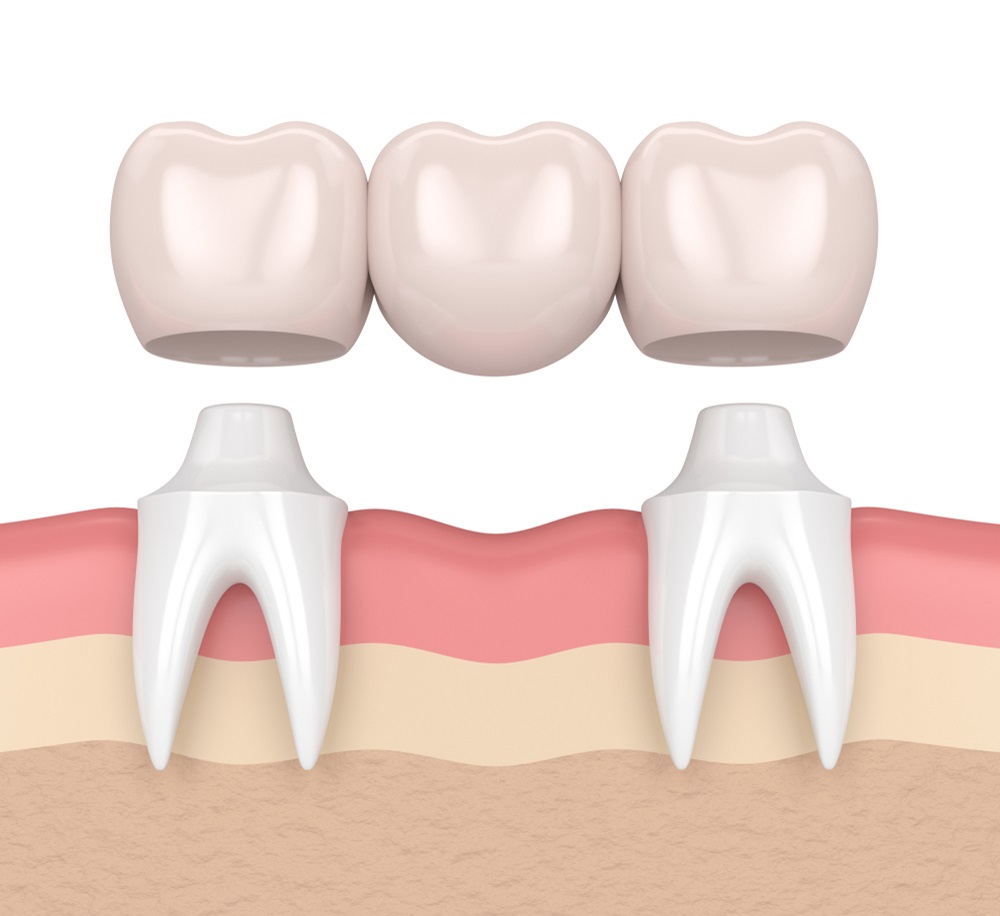What Makes Dental Bridges Successful… or Not?
You’ve heard a great deal — and there is a great deal more to tell — about advances in dental procedures, materials, techniques and technologies relating to restorative dentistry. The goal of those constant advances and ongoing research is to replace lost teeth and dental function in the most permanent and most natural way possible — safely, comfortably and affordably.
When it comes to your teeth and their dental functions, though, nothing beats the real thing. Despite the best efforts of scientists, researchers, dentists and technicians around the world, even the tooth replacement options — dental bridges in Calgary, for example — will ultimately require some adjustment, repair or even replacement. To understand the typical and eventual issues that may arise, you should understand the different types of bridges available from a dental clinic near you.
What can “happen” to bridges”?
The most common problems that undermine the integrity and performance of a bridge are issues affecting their abutment teeth. If tooth decay gets around, under or through the crown placed over an abutment tooth, the gradual destruction of that supporting tooth will weaken and degrade the effectiveness of the bridge structure and pontics that it holds. If that tooth decay can be treated effectively, it may be possible to replace the crowns with better-fitting crowns and continue to use the traditional bridge. In cases where the tooth decay is too extensive, however, using a traditional, cantilever or resin-supported bridge may not be an option. In that case, opting for an implant-supported bridge may be required. All of that will make more sense after you read the following introduction to the four types of dental bridges near you.
Traditional dental
bridges
Traditional dental bridges in Calgary fill gaps in your jaw by holding artificial teeth in position in a structure anchored on abutment teeth beside the gap in your smile. Those replacement teeth are called pontics. Dental crowns that fit over the modified abutment teeth hold the bridge structure and the attached pontics in position. To receive those crowns and to support the bridge, your abutment teeth need to be modified by the removal of a thin layer of enamel.
Cantilever bridges
A cantilever bridge works
in almost exactly the same way as a traditional bridge, except that cantilever
bridges use one or more crowns on just
one side of the gap being filled rather than both sides. As a result,
cantilever bridges share the weakness of traditional bridges (the need to
modify healthy teeth) and are weaker than traditional bridges because they are
supported only on one side of the gap.
Resin-supported bridges
Resin-supported bridges and the next option work differently than traditional and cantilever bridges in that they don’t rely on dental crowns at all. Resin-supported bridges support one or more pontics in a structure similar to that used in traditional and cantilever bridges but attach to the rear of the abutment teeth using special dental resins. Resin-supported bridges lack the stability of a bridge that relies on dental crowns, so they’re more appropriate for replacing missing teeth in the front of your mouth than replacing molars.
Implant-supported
bridges
The three alternatives discussed above feature varying levels of stability and are, in fact, very stable and effective. Having said that, there is no alternative as stable, strong or durable as an implant-supported bridge. What makes them so stable? The fact that the bridge is held in place by implants rooted directly into your jaw. The bridge does not rely on modified natural teeth or the strength of dental resin but by the anatomical structure of your jaw itself. Implant-supported bridges are the most expensive alternative on this list and require the most complex dental procedures but offer the most natural, durable and long-lasting solution for replacing missing teeth.
The most important factor
in being able to rely on a successful and long-lasting dental bridge is
choosing a highly qualified, skillful, professional and committed restorative
dentist in Calgary with a well-established relationship with a top-notch dental
laboratory that exploits the best materials and technologies. Montreux Dental
Clinic is such a place, and we’re here to help.


Comments
Post a Comment